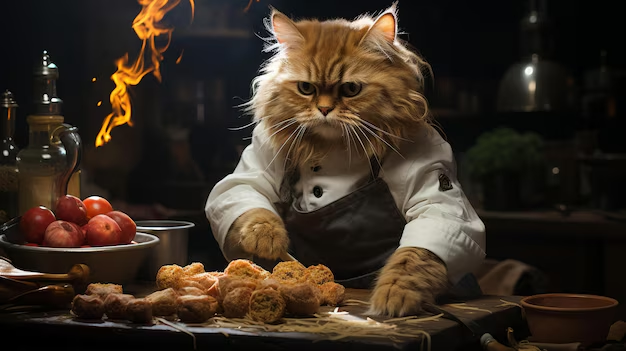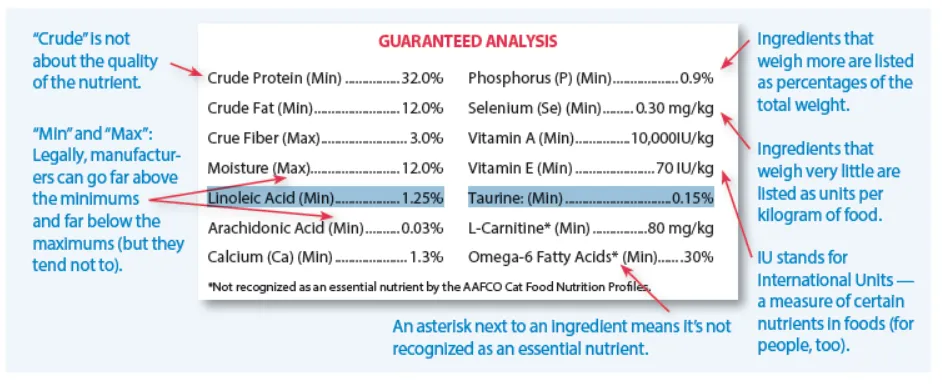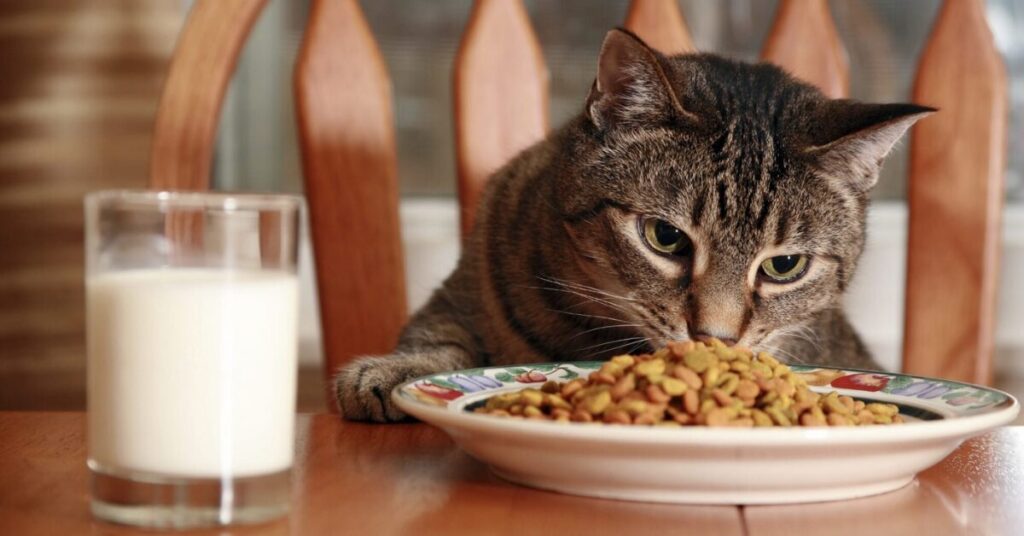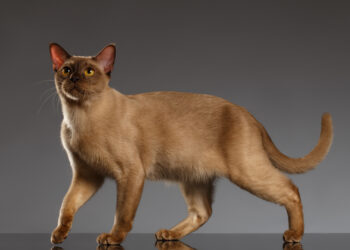“Until one has loved an animal, a part of one’s soul remains unawakened.” – Anatole France
When it comes to our feline friends, choosing the best cat food brand is a decision that holds significant weight. With an estimated 95.6 million pet cats in the United States alone, it’s clear that our furry companions are a beloved part of many households. However, with the multitude of cat food options available on the market, selecting the right brand can be overwhelming. This guide will help you navigate through the essentials of picking the best cat food, ensuring your cat’s health and happiness.
Understanding Your Cat’s Nutritional Needs
Cats are obligate carnivores, meaning their diet must primarily consist of meat. Their bodies require specific nutrients like taurine, arachidonic acid, and vitamin A, which are naturally found in animal tissues. Unlike dogs, cats cannot synthesize these nutrients from plant-based foods, making the choice of cat food even more crucial.

Key Nutrients to Look For
- Protein: High-quality animal protein should be the first ingredient listed on the cat food label. Look for specific meat sources such as chicken, turkey, or fish rather than vague terms like “meat by-products.”
- Taurine: Essential for heart health, vision, and reproduction, taurine must be included in your cat’s diet.
- Fat: Cats need healthy fats for energy and to maintain a shiny coat. Look for named fat sources like chicken fat or fish oil.
- Vitamins and Minerals: Ensure the food includes essential vitamins (A, D, E) and minerals (calcium, phosphorus).
Types of Cat Food: Wet vs. Dry
Choosing between wet and dry cat food is a common dilemma for pet owners. Each type has its benefits, and the best choice often depends on your cat’s specific needs and preferences.

Wet Cat Food
Wet cat food typically has higher moisture content, which is beneficial for cats who may not drink enough water. This can help prevent urinary tract issues and dehydration. Additionally, wet food tends to be more palatable and can be a good option for picky eaters or cats with dental issues.
Dry Cat Food
Dry cat food is convenient, easy to store, and can help with dental health by reducing tartar buildup. It’s also generally more affordable and has a longer shelf life. However, it lacks the moisture content found in wet food, so ensuring your cat drinks plenty of water is essential.
Decoding Cat Food Labels
Understanding the information on cat food labels is critical to making an informed decision. Here are some tips to help you decode the labels:

Ingredient List
Ingredients are listed in order of weight, so the first few ingredients are the most significant. Look for named animal proteins and avoid foods with fillers like corn, wheat, or soy.
Guaranteed Analysis
This section provides the minimum and maximum percentages of protein, fat, fiber, and moisture. Compare these values to ensure the food meets your cat’s nutritional needs.
AAFCO Statement
The Association of American Feed Control Officials (AAFCO) sets standards for pet food. Look for a statement indicating the food meets AAFCO nutritional guidelines.
Special Dietary Needs
Some cats have specific dietary requirements due to health conditions or life stages. Here are a few examples:

Kitten Food
Kittens need higher protein and calorie content to support their rapid growth and development. Look for foods specifically formulated for kittens.
Senior Cat Food
Older cats may benefit from foods with lower calorie content to prevent weight gain and added joint supplements to support mobility.
Prescription Diets
For cats with medical conditions such as kidney disease, diabetes, or food allergies, consult your veterinarian about prescription diets tailored to their needs.
Real-World Use Cases
Consider your cat’s lifestyle, age, and health when choosing a food brand. For instance, an active outdoor cat may require more calories and protein than an indoor cat. If your cat is prone to urinary issues, a wet food diet may be beneficial. Always observe how your cat responds to their food and consult your vet with any concerns.
Making the Final Decision
Choosing the best cat food brand involves a combination of understanding your cat’s nutritional needs, comparing ingredients, and considering any special dietary requirements. Don’t hesitate to try different brands and types of food to see which one your cat prefers and thrives on. Remember, a well-fed cat is a happy and healthy cat.
Finally, providing your feline friend with the best nutrition is an ongoing commitment. Stay informed, be attentive to their needs, and enjoy the journey of nurturing your beloved pet.





















